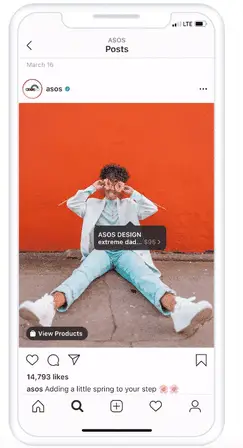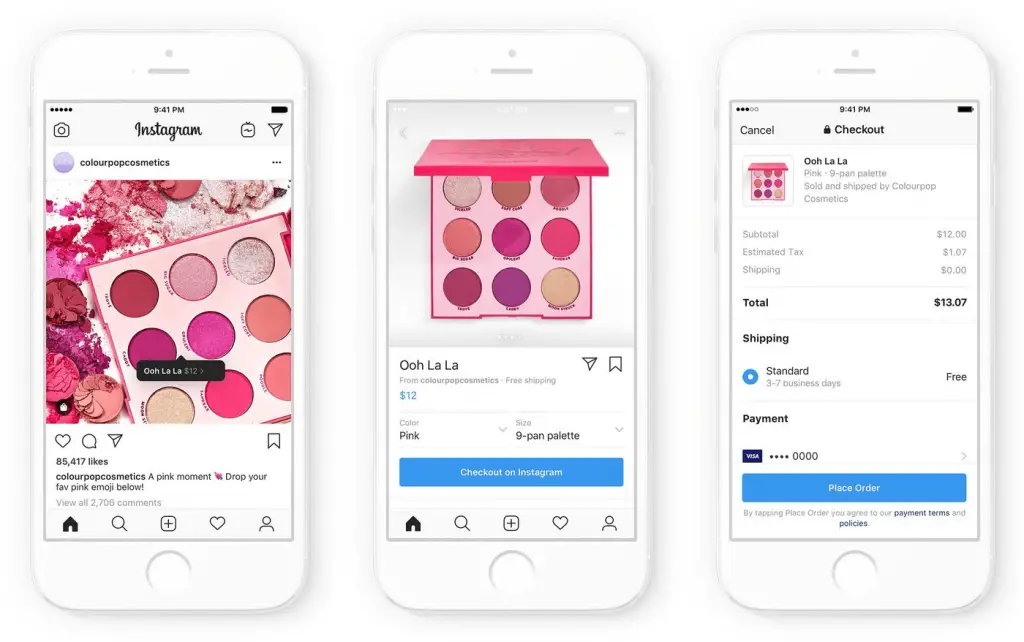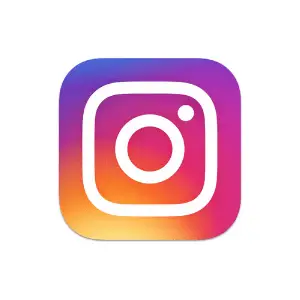In April 2012, Facebook acquired Instagram for a then-unprecedented $1billion. At the time of the acquisition, Instagram was growing fast, but it had only 25 million registered users — minuscule compared to Facebook’s hundreds of million users. To top it off, Instagram was not bringing in any revenue; it was being run by 13 employees and was only two years old.
Before Facebook closed the deal, even Twitter tried its hand at courting Instagram. But Instagram’s founders, Kevin Systrom and Mike Krieger, decided to go ahead with Facebook because other than the massive sum of money, Mark Zukurberg dangled the carrot of independence.
If Instagram were to agree to get acquired by Facebook, not only would it ward off the Facebook threat and get access to Facebook’s engineering expertise, it would also be allowed to operate as a separate company. However, the independence would erode with time, playing a significant role in getting both the Instagram founders to leave Facebook eventually.
The gradual decline in the independence of founders is interwoven with Instagram’s growth story to 1 billion-plus monthly active users. This blog will trace how the product grew & evolved over the years post-acquisition and how its revenue sources have expanded beyond good old digital advertising. But before we do that, let’s begin by going through Instagram’s founding story to establish context.
How Instagram Started & Evolved
Ironically enough, when Kevin Systrom first launched the app in 2010, it was neither called Instagram nor mainly about sharing photos with friends. Due to the launch and success of Foursquare, location check-ins had become a cultural phenomenon at the time. So Systrom built a similar app but added a few more features to it, naming it Burbn. Systrom also raised a $500,000 seed round from Baseline Ventures and Andreessen Horowitz, which allowed him to work on the app for a few months.
Burbn was not getting the kind of traction expected three months later, so the founders got back to the drawing board. Instead of adding more features to the app, the two decided to subtract them.
In an interview with Tim Ferris, Kevin Systrom explained how they went about the pivot, “We actually got to the idea for Instagram by taking away features from Burbn, not by changing it all. A bunch of the features of Burbn: one, you could check in at a place, but two, you could add a photo of what you were doing at that place.
So you and I, we’re out to drink somewhere. I check in at the bar. I could post a photo of the beer I’m having or the cocktail, whatever. It turns out people kind of liked the check-ins; they thought it was pretty lame because it was a “me too” thing, but they loved showing people what they were doing. They loved taking a picture of the bar, the restaurant, the whatever. We realized to keep it simple, we were going to have to cut every other feature of Burbn — which we did — and we just kept the photo part.”
But removing everything every other feature and just letting users post photos was not what led Instagram to grow exponentially. Unexpectedly, the insight that led to Instagram’s growth came from one of Systrom’s conversations with his wife. Sharing the story with Tim Ferris, Kevin Systrom said,
“The first version of Instagram did not have filters. People forget the only reason Instagram worked early on was because of the filters. Filters came about because I was on this walk with my wife. We were taking a small vacation. I had been working on Burbn for a while; I was exhausted.
We were taking this walk along the beach and I was like, “You’re excited about this new app we’re building?” We hadn’t called it Instagram yet.
She was like, “Yeah, but I don’t think I’m going to use it because my photos aren’t that good.” I said, “Why don’t you think your photos are good?” She’s like, “Well, all your friends post these amazing photos and they’re all filtered and stuff.” I was like, “That’s because they use filters.” She goes, “Well, you should probably add filters.” We came back from that walk, I went straight to the room, and I just got on my laptop and I made the first filter, which was X-Pro II.”
During those days, phones didn’t come with high-resolution cameras. But with filters, users could turn low-quality pictures into high-quality, leading Instagram to grow to 15 million users by the end of 2011. By the end of 2012, the monthly active user count had more than doubled to 50 million.
After the Facebook acquisition in April 2012, Instagram’s monthly active user count kept growing. More than 500 million active users were using Instagram by June 2016. And Instagram touched 1 billion monthly active users in June 2018, before the Instagram founders resigned towards the end of 2018 owing to irreconcilable differences and gradual erosion of autonomy.
As per a report by Verge, Instagram’s rapid growth, propelled by growth levers like highlighting Instagram as the source for media shared on Facebook via Instagram and suggesting follows to Instagram users based on Facebook friends, eventually led to insecurity among the top executives of Facebook. So much so that Mark Zuckerberg told Kevin Systrom he would take away all those supports to protect the health of the Facebook app, which most likely was one of the final nails in the coffins leading to both Instagram founders resigning.
But before they quit, the founders oversaw the launch of new features like video support, Instagram Direct messages, Boomerangs, ranked feed, stories, live broadcasting & IGTV. After their exit, the two significant features launched by include Instagram Shopping & Reels.
How Instagram Makes Money
If I were to explain it in a sentence, Instagram makes money mainly through Digital advertising, Instagram Shopping & Creator tools. Facebook, being the parent company, does not give a breakdown of Instagram’s standalone revenue in its financial reports.

However, as per a report by Bloomberg, Instagram brought $20 billion in 2019 from advertisements alone, meaning Instagram accounted for more than a quarter of Facebook’s $70.6 billion revenue. As per Statista’s estimates, Instagram made $22.2 billion in revenue in 2020. In the same year, Facebook made a total revenue of $85.96 billion. In 2021, Instagram made $47.6 billion in revenue as per the estimates by businessofapps. In the same year, Facebook made a total revenue of $117.9 billion.
To develop an in-depth understanding of the revenue sources and how we can expect the revenue contribution of each of these sources to evolve, let’s have a look at all three of them individually.
Instagram advertising
Digital advertising is Instagram’s oldest and primary source of revenue. Every time Instagram rolls out a new form of real estate on the app, one can expect it to feature ads sometime down the line. At the time of writing, Instagram takes the liberty of showing ads on the feed, stories, Explore Tab, Reels & Shop. The ads come in several different formats like photo ads, video ads, carousel ads, collection ads & Shopping ads.
Instagram Shopping
Towards the end of 2016, Instagram first introduced Shoppable posts, using which brands could tag products in posts like users tag friends. Shoppable posts aided users in discovering and considering the purchase cycle, reducing the friction in the buying process. But shoppers were redirected to the brand’s website to make the purchase. In exchange for this reduced friction and increased conversions, Instagram would take a cut of the sale, kind of like an affiliate.

In March 2019, Instagram took the Shoppable posts a step further — users would be allowed to checkout within the Instagram app itself, reducing the friction in the buying journey even further. Similar to the Shoppable posts feature, Instagram charges sellers a fee.

Creators Tools
Creators are the lifeblood of content, and content is the lifeblood of user engagement and growth. So, if an app depends on user-generated content, incentivizing users to make content by paying them can get them to produce more content and produce consistently. And with competitors like YouTube & Twitch paying content creators, non-paying platforms became a little less lucrative for creators. So, Instagram has been rolling out features focused on creators to help them make money from Instagram and establish a direct mandatory relationship with fans. As per a report by Verge, Instagram shared a 55% cut of the revenue earned from IGTV ads. Since IGTV has now been shut down, so payout from IGTV is also gone, but creators can also participate in an invitation-only bonus programme that allows them make money from their reels content.
Besides this, creators on Instagram can make money from badges, which are a way for fans to show support to creators during a live video. When users purchase badges during a live video, a heart icon appears next to their name in the comments. If users who have purchased badges ask questions during the live session, the question is highlighted. Creators receive a 100% of the revenue from badges purchased, and Instagram doesn’t deduct any commission.
Other than badges, creators can also make money be selling subscriptions, and bonuses and gifts. In the future, one can expect Instagram to roll out more features that would reward creators monetarily.
Read More Case Studies:
Zoom Business Model Case Study
YouTube Business Model Case Study
WhatsApp Business Model Case Study

